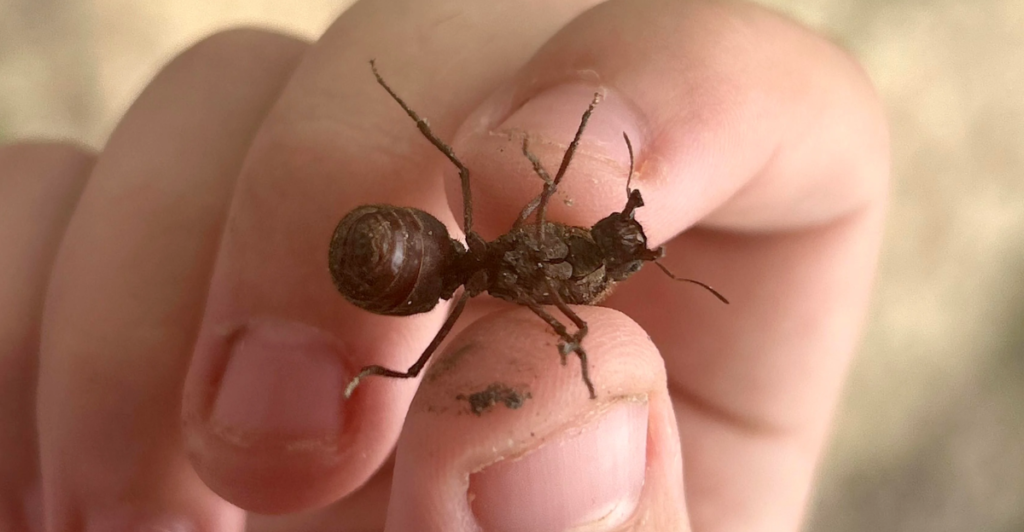
An ordinary backyard observation by 8-year-old Hugo Deans transformed into a groundbreaking scientific discovery. This story of curiosity, collaboration, and ecological insight illustrates how even the smallest details in nature can hold great significance.
A Child’s Curiosity Sparks Discovery

Hugo Deans, an 8-year-old with a love for nature, noticed ants carrying something he didn’t recognise. This innocent observation marked a pivotal moment in science, uncovering a unique ecological relationship.
The Curious Observation
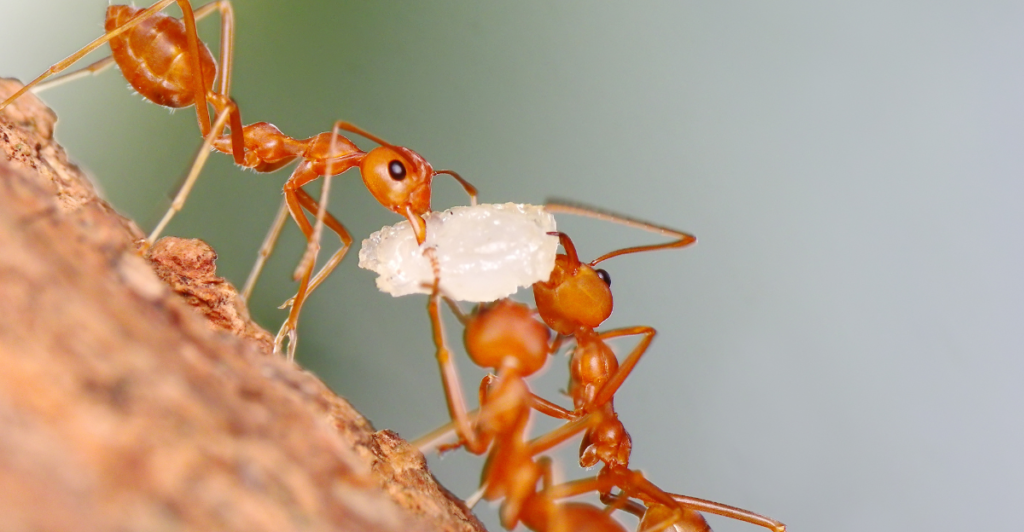
In his backyard, Hugo observed ants transporting what appeared to be seeds. Upon closer inspection, he realized these “seeds” were actually oak galls—mysterious formations caused by tiny wasps. Hugo’s discovery led to an investigation that unveiled a remarkable ecological partnership between ants and gall-making wasps.
Hugo’s Dad

Hugo’s father, Andrew Deans, an entomologist at Penn State, recognized the significance of his son’s discovery. Together, they explored the ants’ peculiar behavior. This collaboration nurtured Hugo’s curiosity and revealed a connection between ants and wasp larvae in oak galls.
What Are Oak Galls?
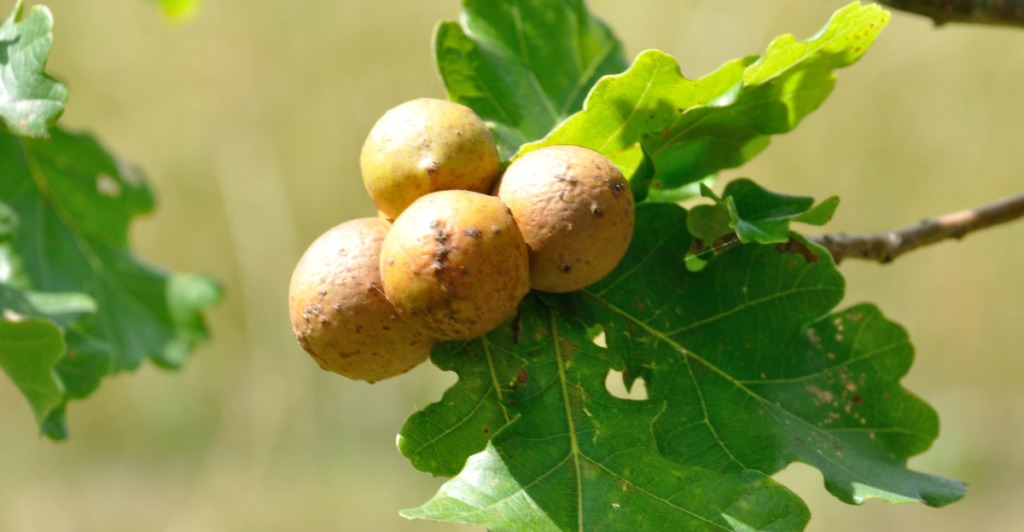
Oak galls are growths on trees caused by gall wasps. The wasps deposit their eggs, prompting the tree to form a protective structure, where their larvae can safely develop. These galls play a crucial role in the complex web of interactions within natural ecosystems.
Ants and the Fatty Lure
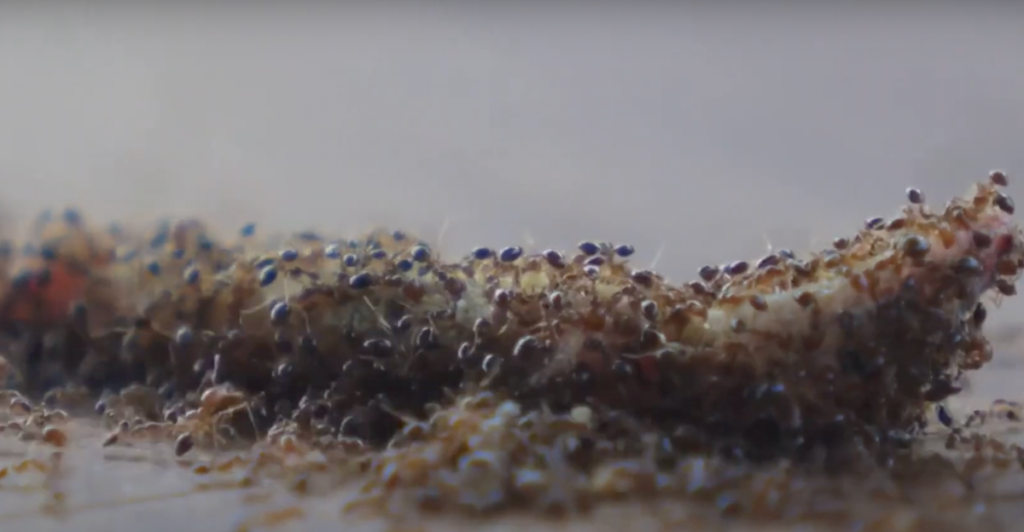
The ants were attracted to the oak galls because of their caps, which are rich in fatty acids resembling nutrients found in seeds. This tricked the ants into collecting and transporting the galls. What seemed like a simple food source actually played a pivotal role in the survival of the wasps.
Chemical Mimicry

Oak galls use chemical mimicry to entice ants. The fatty caps emit a scent that resembles dead insects, one of the ants’ favorite foods. This adaptation ensures the galls are carried to ant nests, providing wasp larvae with a protected environment to grow.
The Mutual Benefits
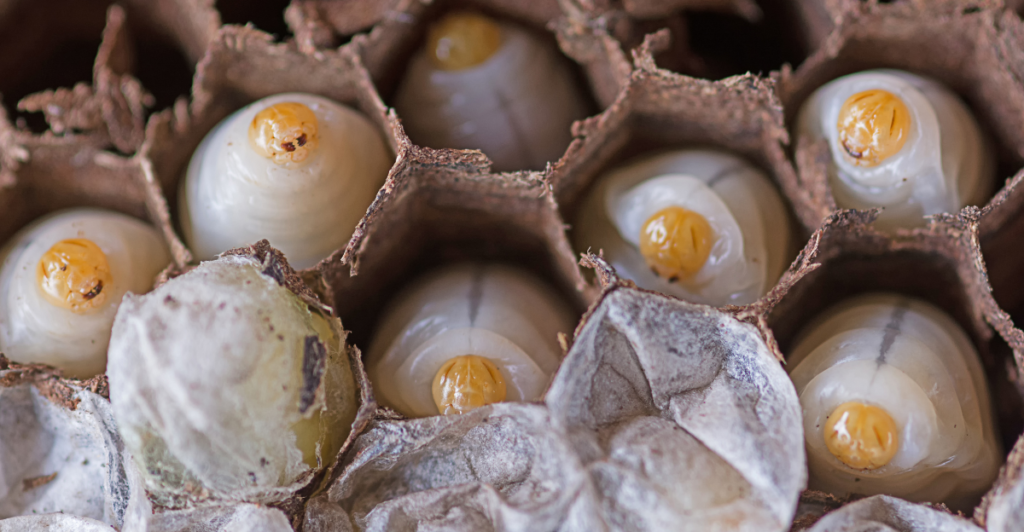
This relationship benefits both ants and wasps. Ants receive a nutritious snack from the fatty caps, while wasp larvae thrive inside the galls nestled in ant nests. This interaction demonstrates the interconnectedness of nature. Even unlikely species partnerships can emerge, playing a vital role in maintaining ecological balance.
A New Perspective on Evolution
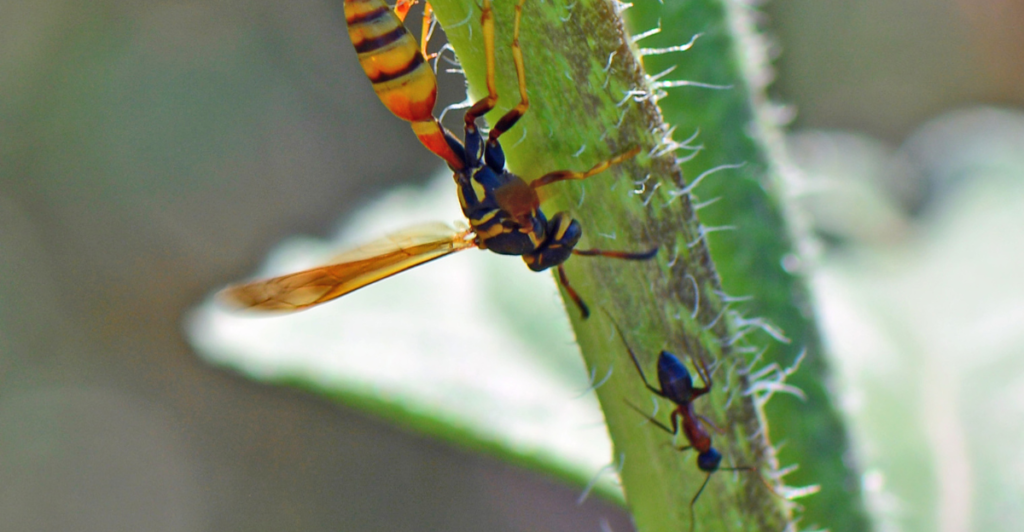
The discovery raises questions about the timeline of evolution: Did ants adapt to recognize the fatty caps, or did wasps exploit existing ant behaviors? This evolutionary dilemma highlights the dynamic interactions that drive species development, showcasing nature’s infinite ability to innovate and adapt.
Why This Discovery Matters
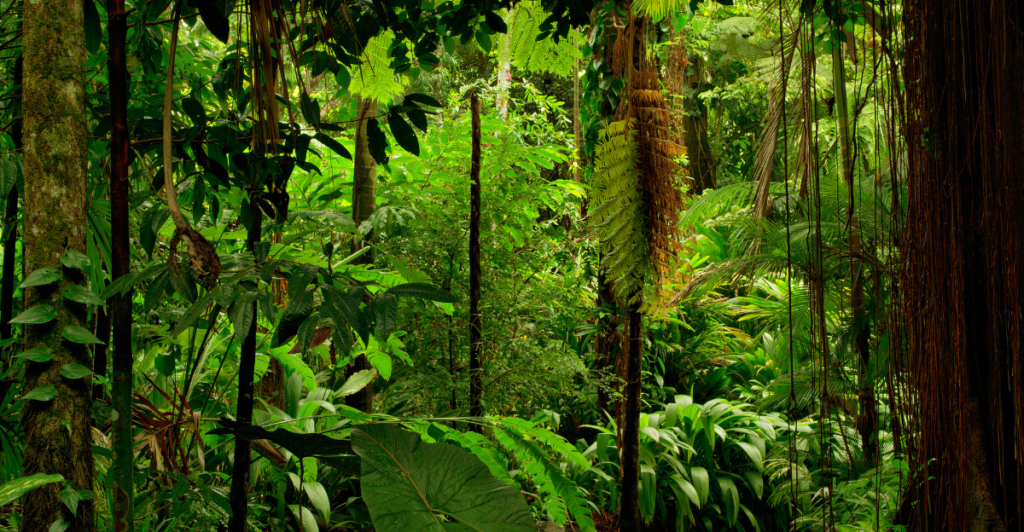
Hugo’s observation emphasizes how intricate ecological relationships can shape our understanding of the natural world. By studying these interactions, scientists gain valuable insights into biodiversity and ecosystem functionality. Discovering this ant-wasp partnership sheds light on how even the smallest organisms contribute to the health and balance of our planet.
The Importance of Biodiversity
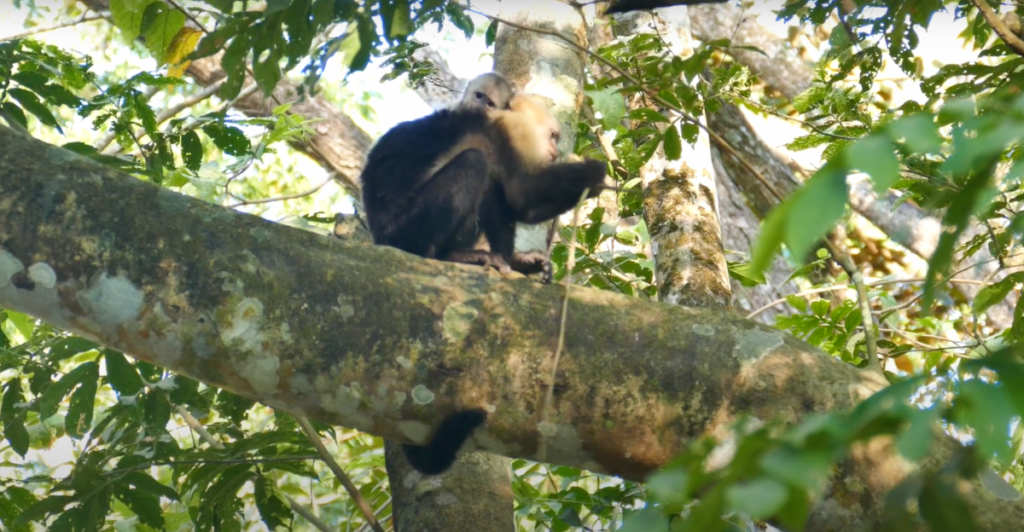
This story highlights the importance of protecting biodiversity. Ants, wasps, and oak trees are components of a fragile ecosystem that is under threat from habitat loss and climate change. Preserving these interactions is crucial for maintaining ecological stability and ensuring that nature’s finely tuned partnerships continue to thrive for future generations.
Curiosity in Science
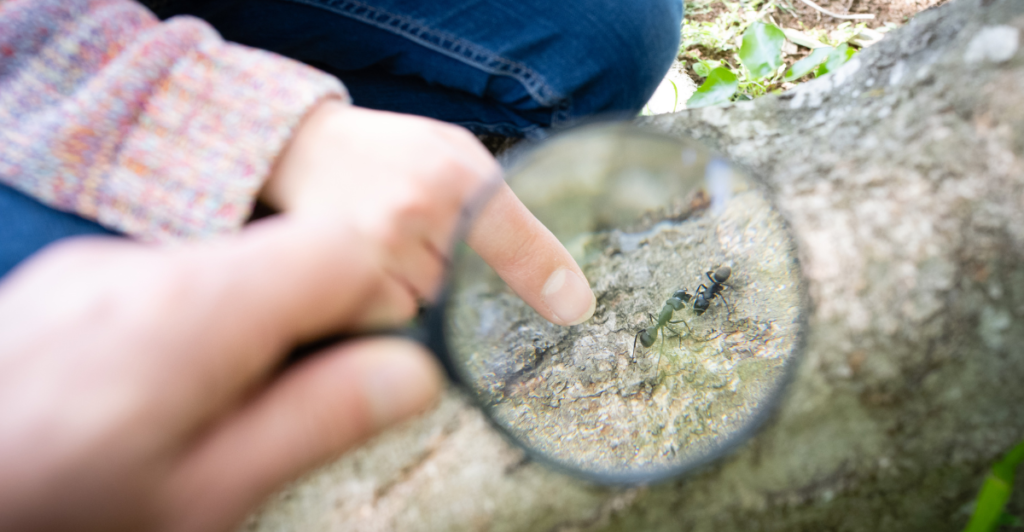
Hugo made a valuable contribution to earth science by observing his backyard. His story reminds us that anyone, regardless of age, can help advance knowledge by being mindful and paying attention to the wonders of the natural world.
The Power of Small Wonders

Hugo Deans’ backyard discovery teaches us that even the smallest observations can have a profound impact. This collaboration between ants, wasps, and humans highlights the interconnectedness of life and the value of curiosity. In a world filled with natural wonders, there is always more to explore, understand, and protect.
Discover more of our trending stories and follow us to keep them appearing in your feed
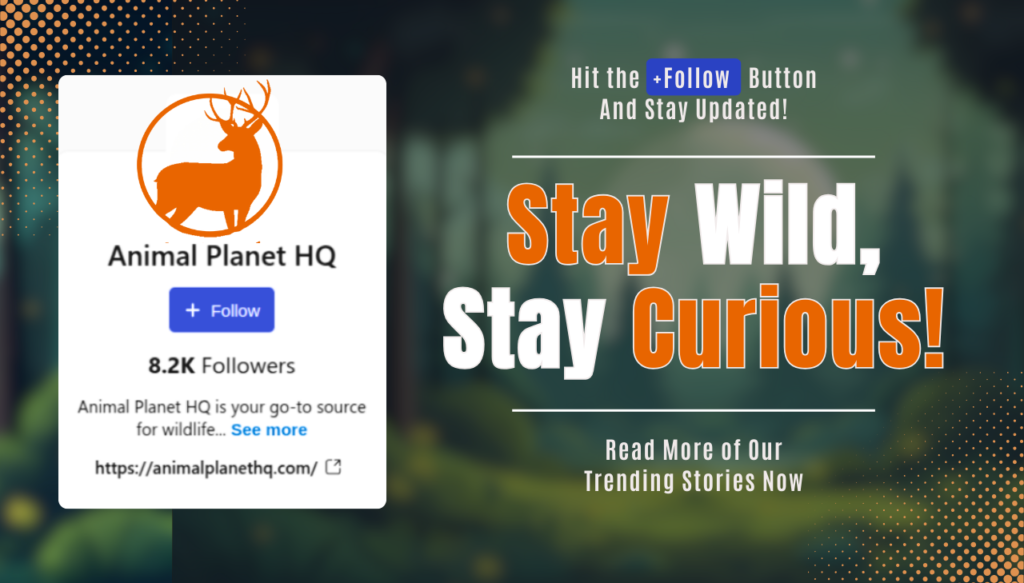
California Is Breaking Apart: A Fault Line Is Forming Faster Than Anyone Predicted
Treasure Trove Worth $26B Found in Japan—And The Economic Impact Is Destabilizing The East
There Will Be Eruptions”: Concerns Mount as Yellowstone Supervolcano Activity Shifts
Meet the Massive Crocodiles That Make Their Homes 40 Feet Underground
References:
Reference 1
Reference 2
This article first appeared here
Stay connected with us for more stories like this! Follow us to get the latest updates or hit the Follow button at the top of this article, and let us know what you think by leaving your feedback below. We’d love to hear from you!







